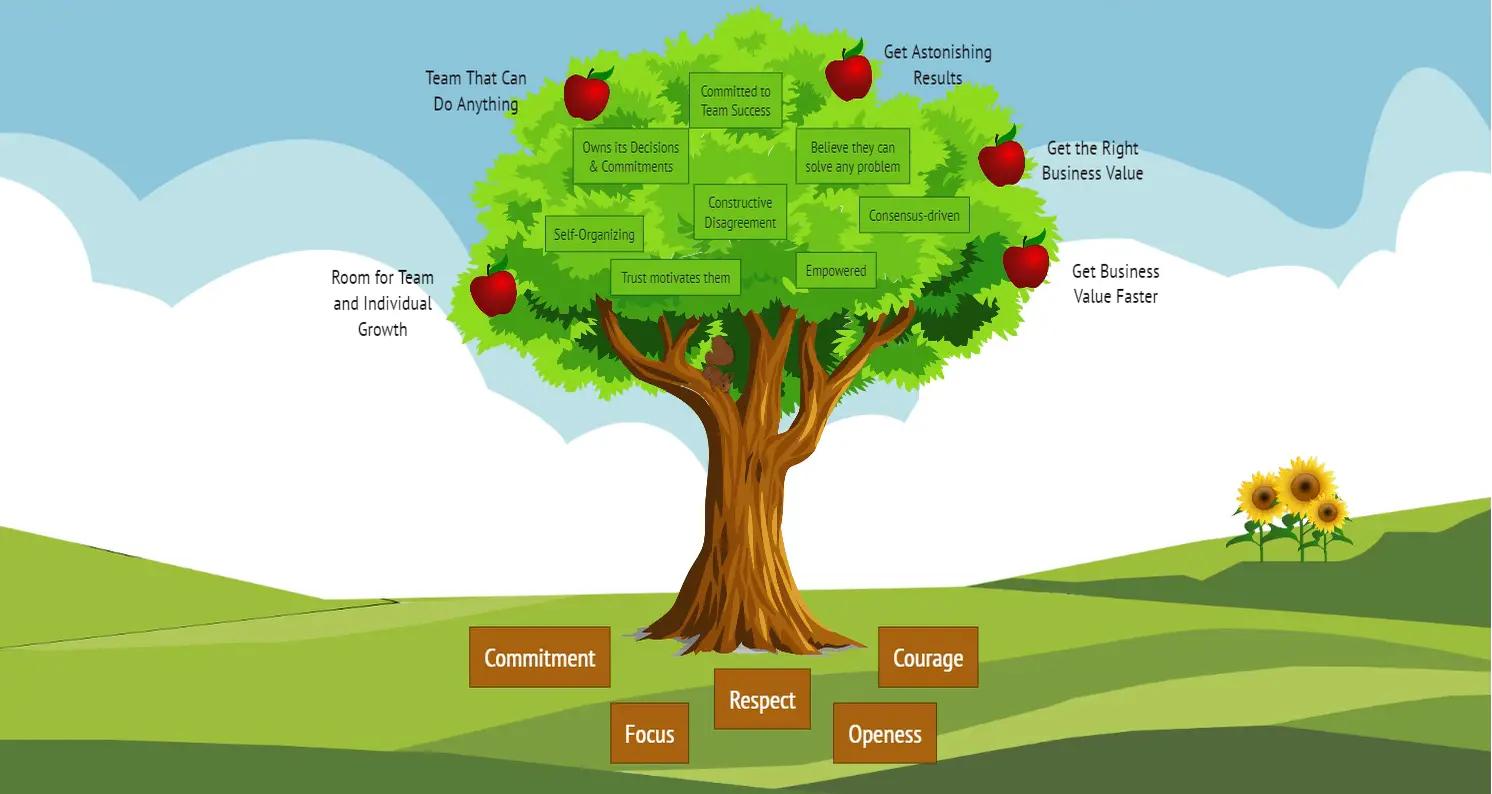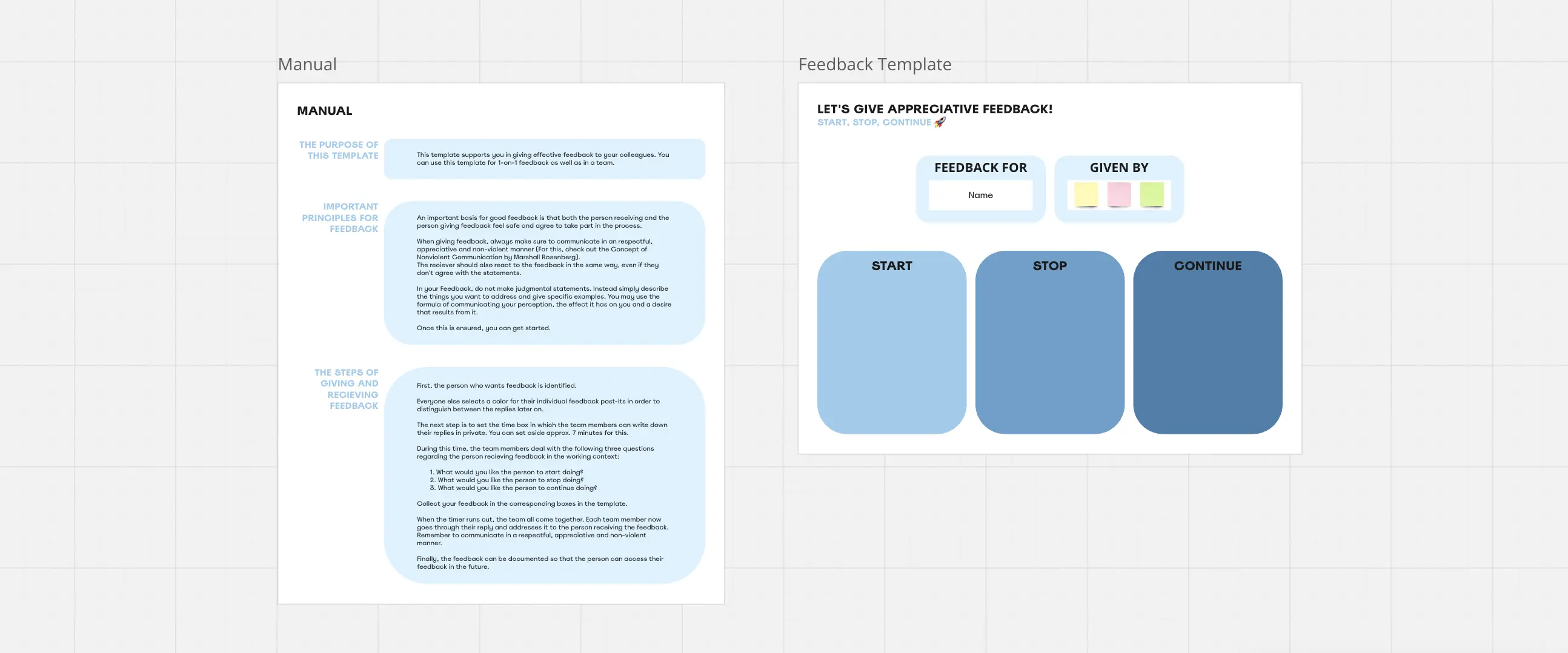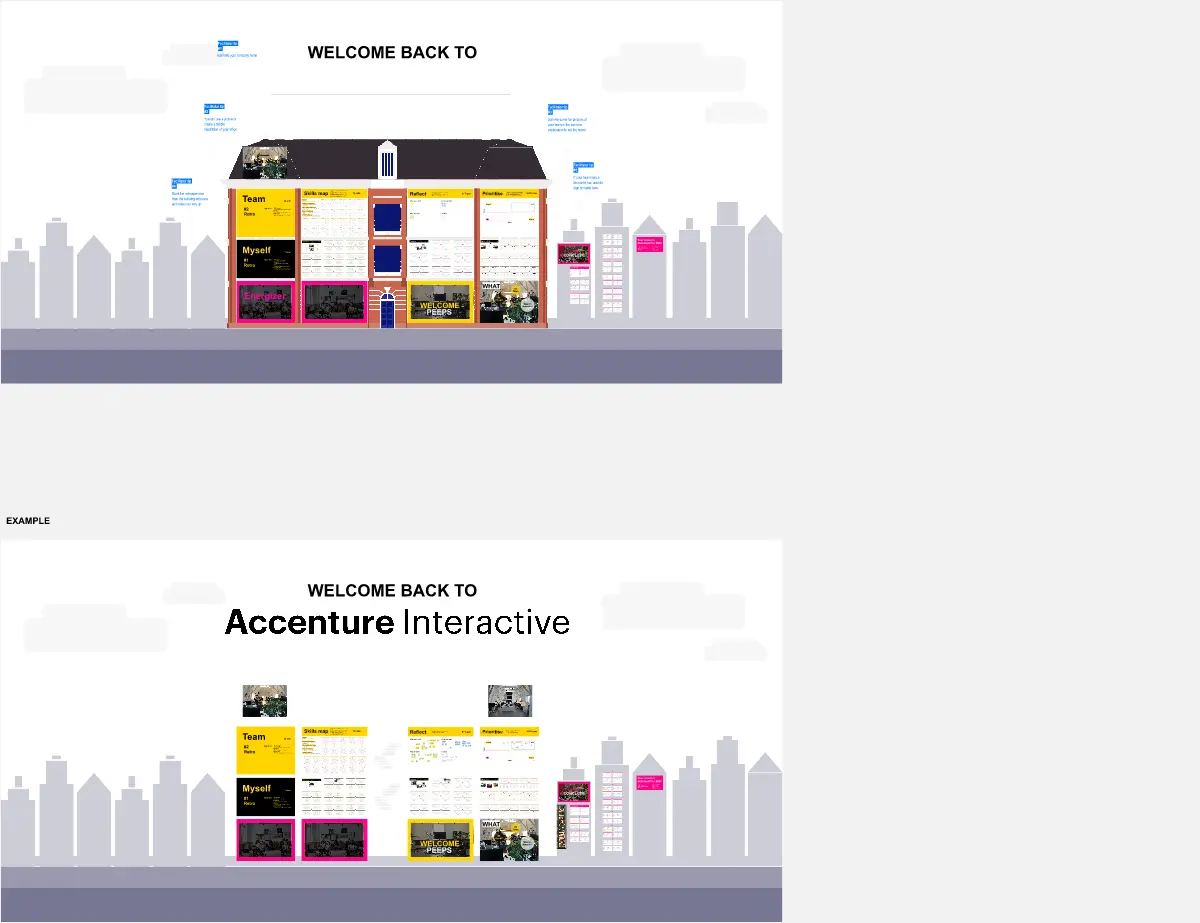Why is defining a Visioning Journey beneficial?
The Visioning Journey Map clarifies your promise and journey to realization within your family, work, or community. People don’t plan to fail, but a person with a vision is like an architect designing their ideal life.
Use the Visioning Journey Map to identify one to three future visions, hurdles, current reality/self, and desired goals.
How to create your Visioning Journey Map
Step 1: Craft a vision statement.
In the first section of the template, start with the end in mind and describe your future self. The vision propels you through challenges, serving as the lighthouse guiding you through storms. Break your vision down into clear description(s) using Post-it notes. Then, assign a priority value between 1 and 5 based on its importance to achieving your vision.
The individual or team vision statement should encapsulate aspirations, dreams, and goals, serving as a guiding light for the individual's or team's personal and professional journey.
Example: "I dream of being at the vanguard of educational reform, creating learning environments that foster innovation, critical thinking, and personal growth. I aspire to develop educational models that cater to diverse learning styles, preparing future generations to succeed in their careers and be empathetic and informed global citizens."
Step 2: Add potential hurdles for each month.
Start in Month 6 and write the 1st Hurdle and Response.
Move to Month 5 and write a 2nd Hurdle and Response.
Move to Month 4 and write a 3rd Hurdle and Response.
Move to Month 3 and write a 4th Hurdle and Response.
Move to Month 2 and write a 5th Hurdle and Response.
Move to Month 1 and write a 6th Hurdle and Response.
When you resolve each Hurdle, add the label DONE.
Step 3: Describe your current self/reality.
What's the current state of your vision?
Step 4: Set your desired goals & actions:
Start in Month 1 and write a desired Goal and Action.
Move to Month 2 and write a 2nd Goal and Action.
Move to Month 3 and write a 3rd Goal and Action.
Move to Month 4 and write a 4th Goal and Action.
Move to Month 5 and write a 5th Goal and Action.
Move to Month 6 and write a 6th Goal and Action.
When you fulfill each Goal, add the label DONE.
Step 5: Keep your Vision Journey Map updated
When you’ve satisfied one or more Hurdles, Responses, Goals, Actions, or Vision, label it 'DONE.'
Creating and maintaining your Vision Journey Map
The cadence for developing a balanced Visioning Journey Map (VJM) can vary depending on individual and team factors like prior experience, complexity of goals, and available resources.
Creating a balanced Visioning Journey Map for individuals and teams requires a well-thought-out cadence that fosters thorough discovery and effective development. This process involves a series of iterative steps, each requiring time for reflection, discussion, and refinement.
Discover ways to shift your mindset and behaviors by asking transformational questions throughout the process. As you engage with this activity, ask the following questions for a deeper connection:
When facing each of the identified hurdles, who do you need to be?
In what ways might seeing the world differently limit you?
Who do you get to become when you have achieved the goals of the journey?
What are the qualities required to make you feel satisfied along the way?
Do you have the support system you might need as you continue the journey?
Why is this vision significant to you?
The purpose of a debrief is to reflect, learn from failure, and improve future performance. Apply the debriefing practice when finished with the Visioning Journey Map activity, or use it as frequently as you desire. Spend some time reflecting, relating, and remembering.
Ponder these questions:






